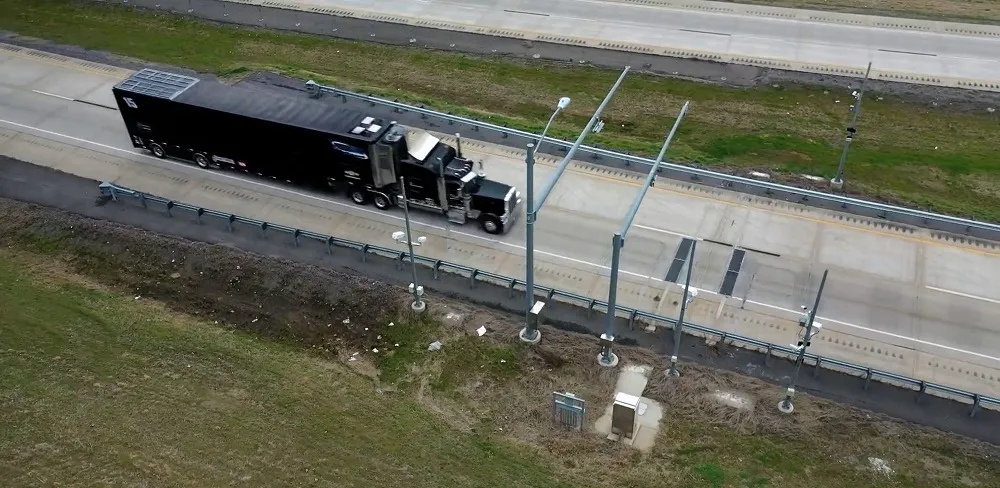As part of the Technology Operations Centre contract (T TOC), Fujitsu will deliver a suite of software systems that will monitor and manage electronic assets across HE's network.
Alison Mackenzie, MMs project director, said: "Having successfully delivered traffic and infrastructure management technology for Highways England since 1998, we have a deep understanding of the critical role these tools have supporting the SRN [Strategic Road Network]. We’re looking forward to working closely with Highways England and Fujitsu to deliver the T TOC system and improve the performance and availability of SRN technology assets. This will support Highways England in meeting the requirements of the UK Government's Roads Investment Strategy.”
Janet Foreman, HE senior project manager, added: “Highways England cares about journeys on its roads. We are planning to improve the way we monitor and maintain our technology, such as signals and CCTV, by introducing a new technology operations centre that will support operational regions using commercial off-the-shelf products to improve the accuracy of information provided to road users and therefore result in more reliable journeys.”
Mott Macdonald to develop Highways England’s Operations Centre
Mott Macdonald (MM) has been selected to deliver an intelligent asset monitoring and management system to support the development of Highways England’s (HE’s) technology operations Centre. The project intends to provide a more efficient system of electronic traffic management, enabling HE to centralise operational decision-making, providing data that informs demand models, predicts future needs and identifies areas for investment. As part of the Technology Operations Centre contract (T TOC), Fujitsu will
January 17, 2018
Read time: 2 mins










